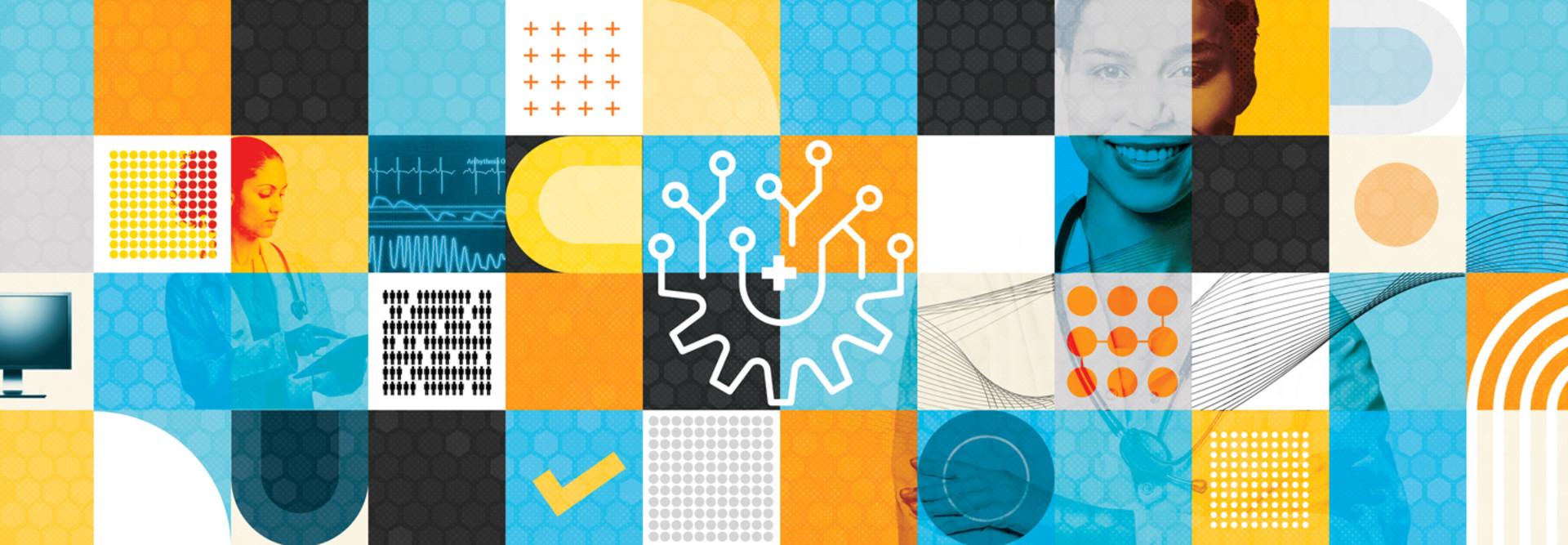Dr. Taha Kass-Hout, vice president of health AI and CMO at Amazon Web Services, notes that 97 percent of healthcare data goes unused because it’s unstructured. That includes X-rays and medical records attached to slides. Machine learning (ML) allows healthcare professionals to structure and index this information. Amazon HealthLake is one service that enables searching and querying of unstructured data.
In addition, ML and natural language processing (NLP) help healthcare organizations understand the meaning of clinical data, he adds.
For example, the Children’s Hospital of Philadelphia turned to AWS AI services to integrate and facilitate the sharing of genomic, clinical and imaging data to help researchers cross-analyze diseases, develop new hypotheses and make discoveries.
AI Scours Documentation for Cancer Studies
The Fred Hutchinson Cancer Center in Seattle used NLP in Amazon Comprehend Medical to review mountains of unstructured clinical record data at scale to quickly match patients with clinical cancer studies. NLP helped physicians review about 10,000 medical charts per hour to find patients with the right inclusion criteria, removing the “heavy lifting,” Kass-Hout says.
“There are laborious inclusion criteria to go through, where you have to identify a lot of characteristics about the patient to determine whether they meet the criteria to be enrolled in a clinical trial. Often you have to read the entire medical history,” Kass-Hout says.
Less than 5 percent of patients match the recruitment criteria for these types of clinical trials, according to Kass-Hout, partially due to the challenges of identifying the right information among unstructured data.
READ MORE: AI-driven clinical care guidelines can lead to better patient outcomes.
AI Helps Diagnose and Manage Kidney Disease
AI is helping doctors diagnose and manage kidney disease and predict trajectories for kidney patients, says Dr. Peter Kotanko, head of biomedical evidence generation at the Renal Research Institute (RRI) and adjunct professor of medicine for nephrology at the Icahn School of Medicine at Mount Sinai in New York.
Kotanko indicates that nephrologists and other medical disciplines use AI and ML to assess images from radiology or histopathology, as well as images taken by smartphones to diagnose a patient’s condition.
“AI not only relies on structured lab data or data stored in electronic health records, but also, of course, uses tools like natural language processing to extract insights from the unstructured texts,” he says.
Meanwhile, ML is used to predict patient outcomes, including hospitalization, and to identify which patients may have COVID-19. RRI uses deep learning to analyze images from smartphones or tablets to assess a patient’s arterio-venous vascular access, which is used to connect a patient to the dialysis machine.
“A convolutional neural network, or CNN, analyzes these kinds of data and sends a respective assessment back to the user within a second or so,” Kotanko says. “Images are sent from the tablet or smartphone to the cloud where a CNN receives the data and then provides the respective response.”












